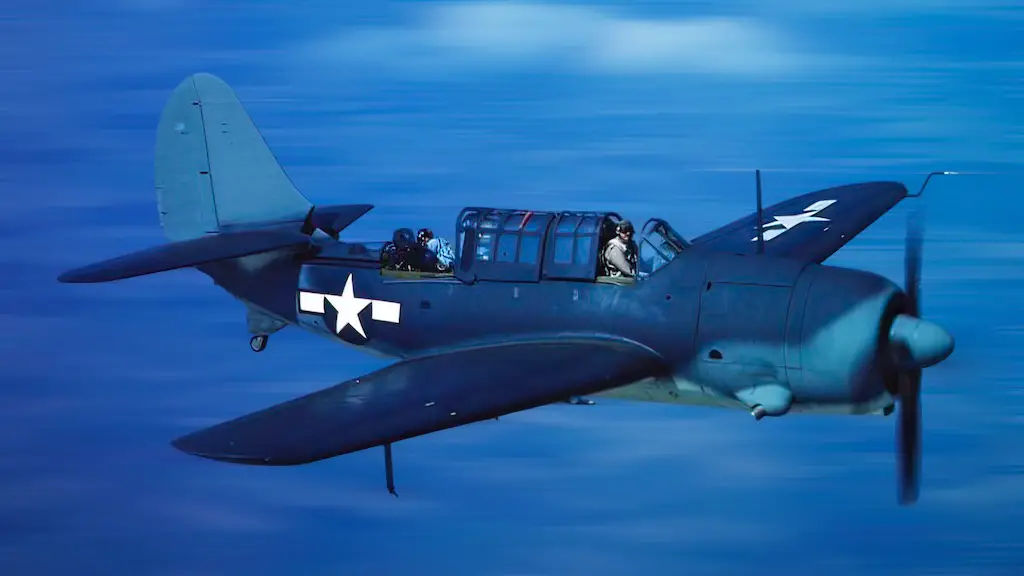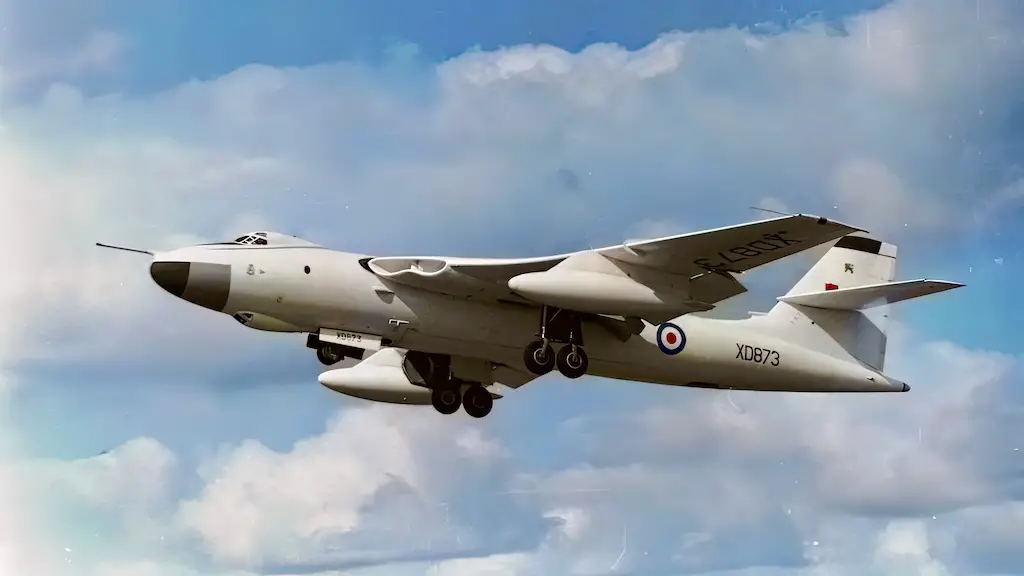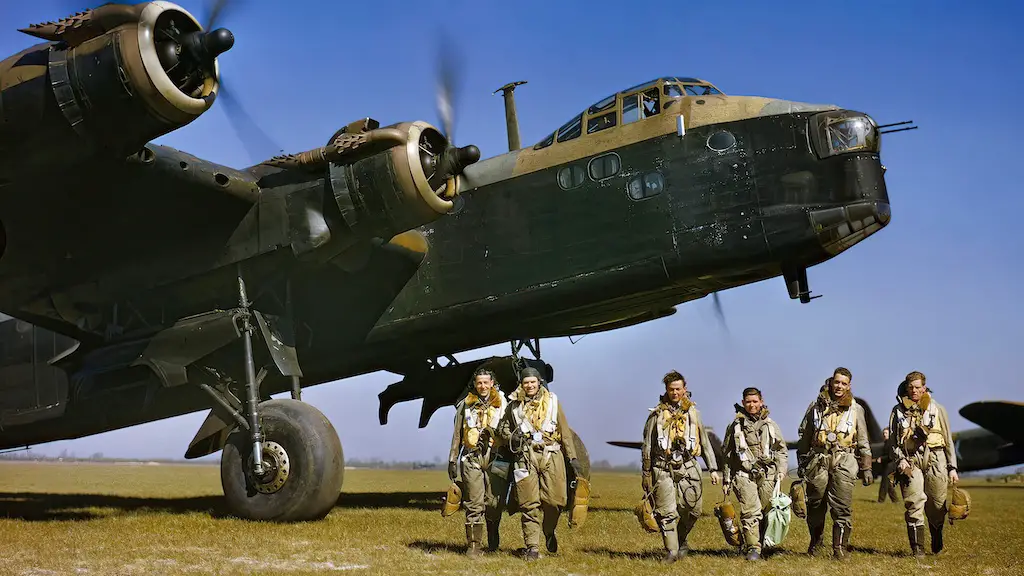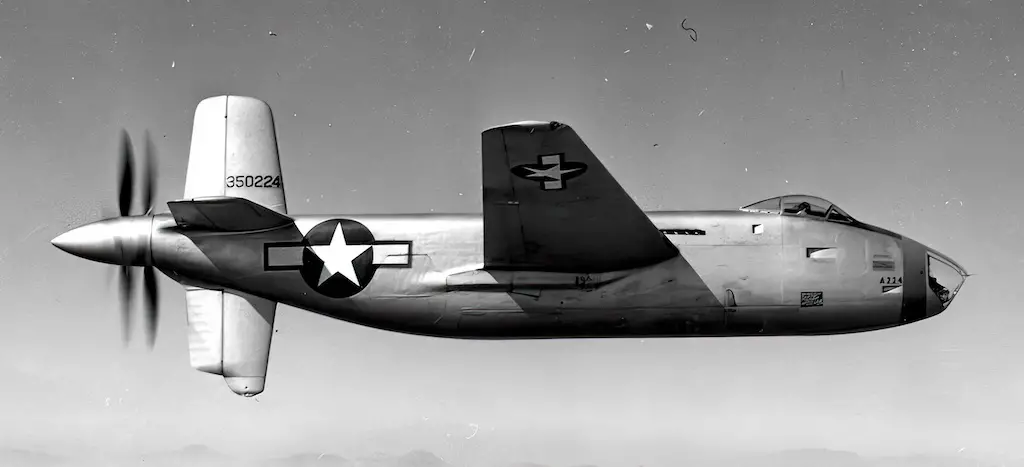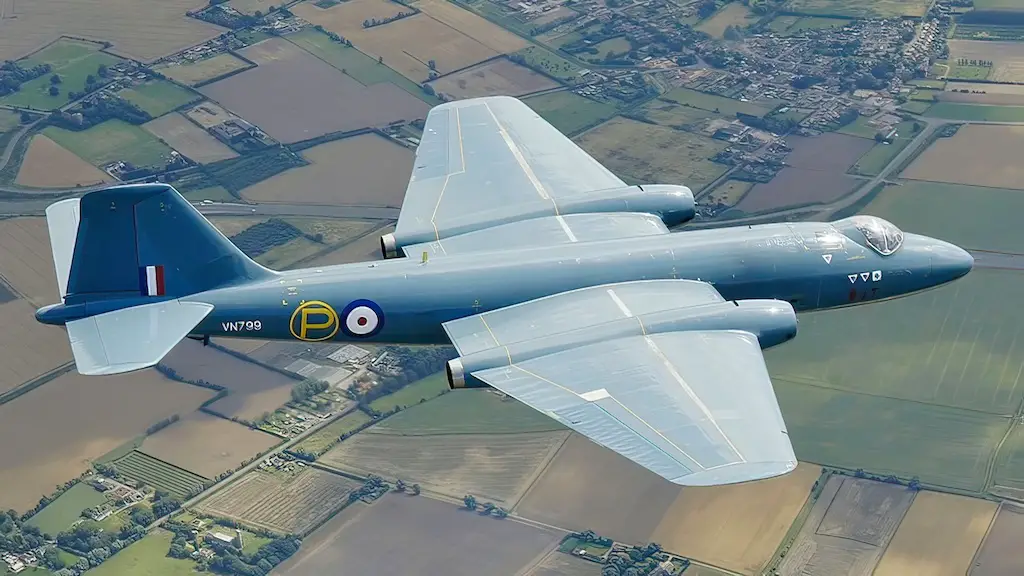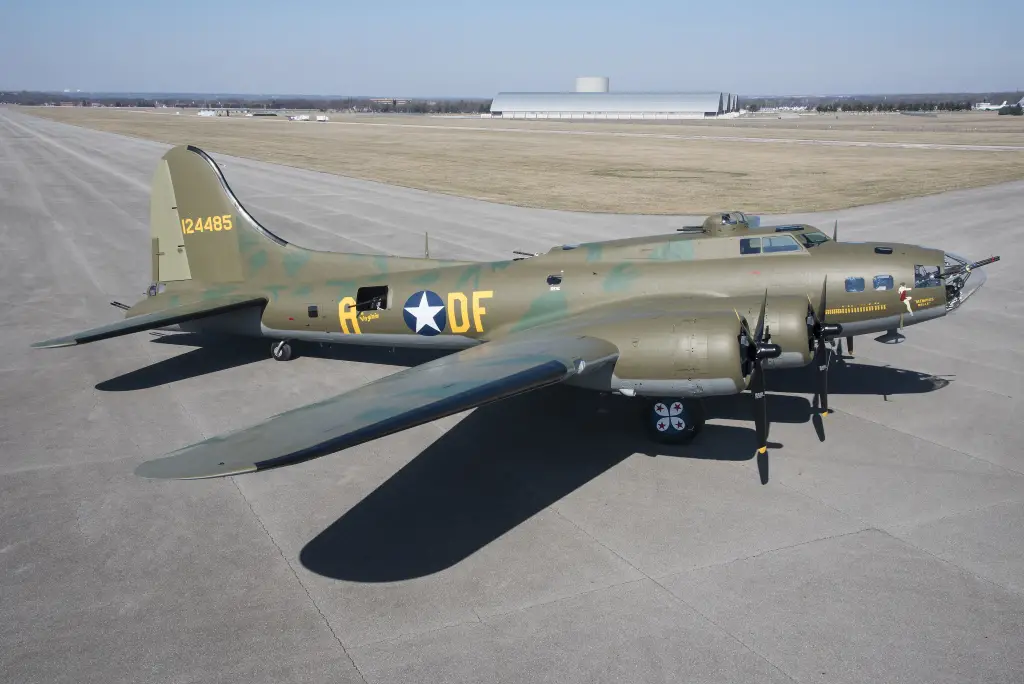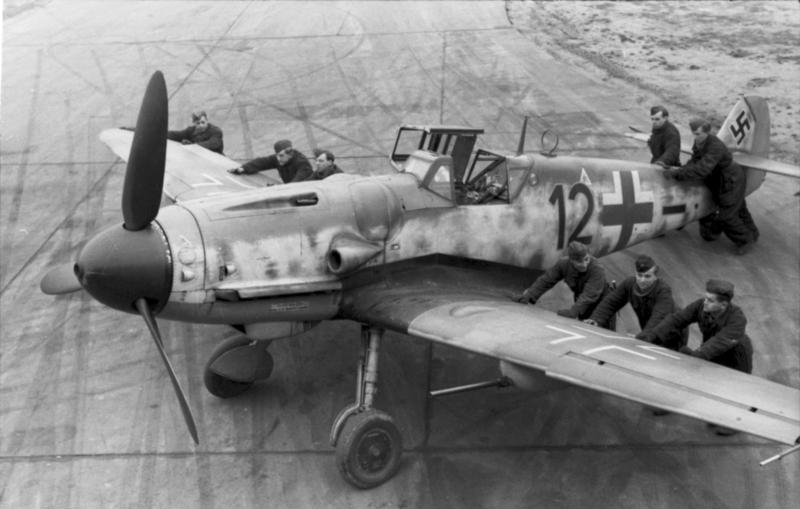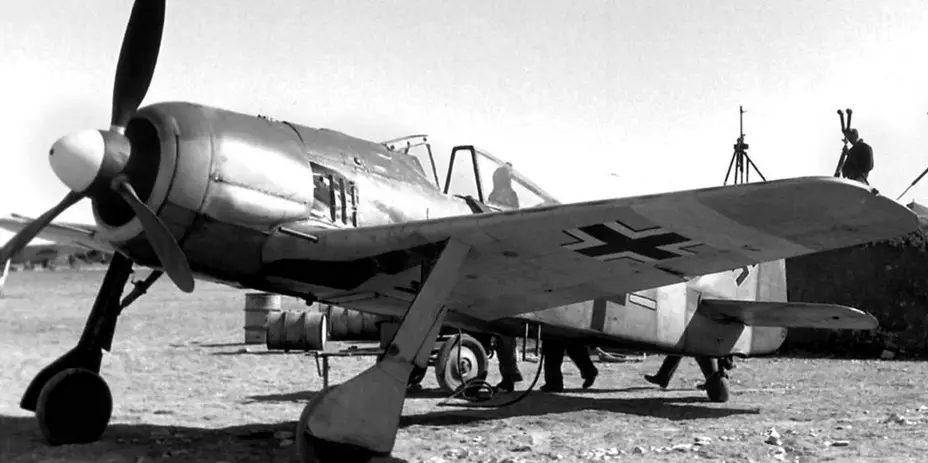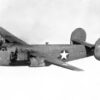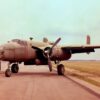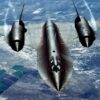Shoulder to shoulder
War veterans who shoulder to shoulder fought an enemy often hang out together, form clubs and associations. It is much more uncommon to see friendship between veterans who fought against each other. And yet, there are examples of such a friendship, one of the most vivid of them presented by Charles Brown and Franz Stigler. Those two old men would often visit each other and spend time together until they both died in 2008. What united them?
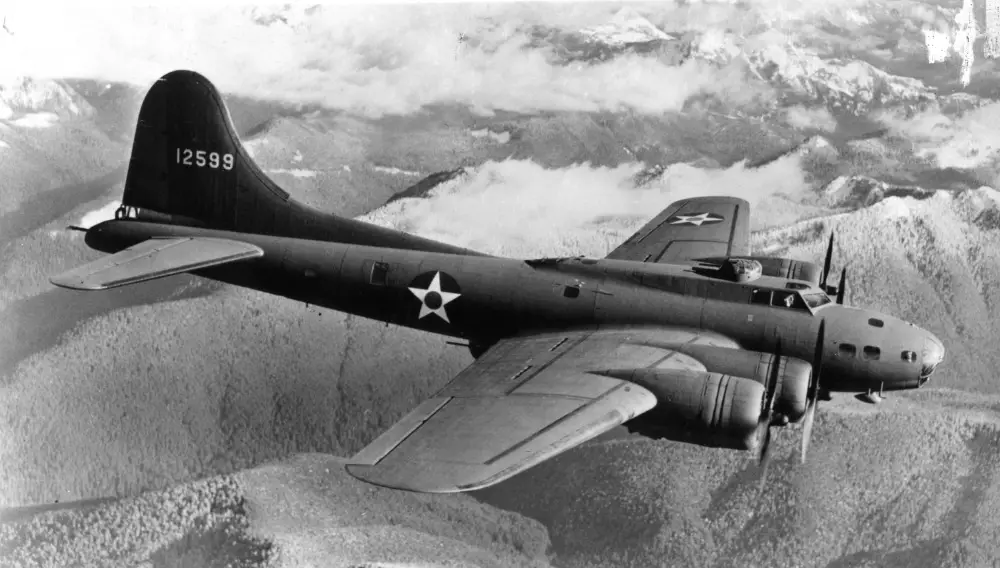
Wreaking havoc
Well, during the World War II Brown was a commander of a B-17 Flying Fortress, a heavy bomber, thousands of which were wreaking havoc on German cities during the last several years of the war. And Stigler? In those days he flew a Bf 109 attacking those bomber formations and turning into fireballs as many ‘fortresses’ as he could. Not exactly the best background for establishing a lasting friendship, is it? Well, there was one day in 1943 when a truly solid foundation for their future friendship was laid.
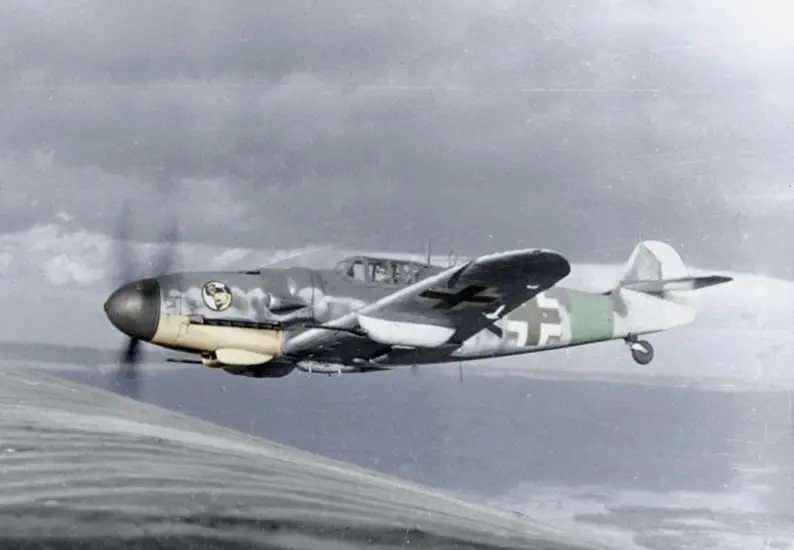
First combat mission
On December 20, 1943, Brown was on his first combat mission as an aircraft commander. While approaching the target, a Focke-Wulf production facility in Bremen, Brown’s B-17F Ye Olde Pub was badly hit by a flak and started lagging behind the bomber formation, becoming an easy prey for German fighters.
Swarms of Messerschmitt Bf 109s and Focke-Wulf Fw 190’s virtually tore the bomber into pieces, only stopping the chase after it spiraled down toward an imminent collision with the ground. However, when the altitude dropped to just a few hundred feet, Brown, who had passed out due to injuries and oxygen deprivation, returned to consciousness and managed to stabilize the by now almost fatally damaged aircraft, setting it on a course toward Britain.
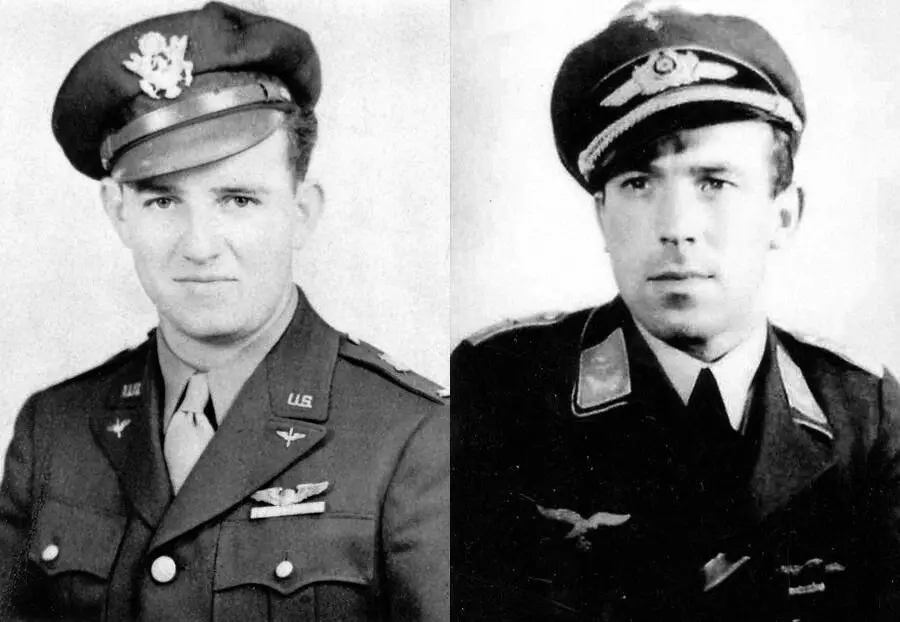
Not out of danger
The Flying Fortress’ crew was not out of danger yet. As they were passing over a German airfield, a Bf 109 took off to chase them. They didn’t have much of a chance now. Taking the limping B-17 down was as easy as shooting fish in a barrel. And yet, that’s exactly what saved them.
As Stigler, who was piloting that Bf 109, explained years later, he had never seen such a badly damaged aircraft still flying. As he approached the B-17, he even saw the dead tail gunner and other wounded crew members. It was obvious that the bomber’s crew could put up no resistance whatsoever.
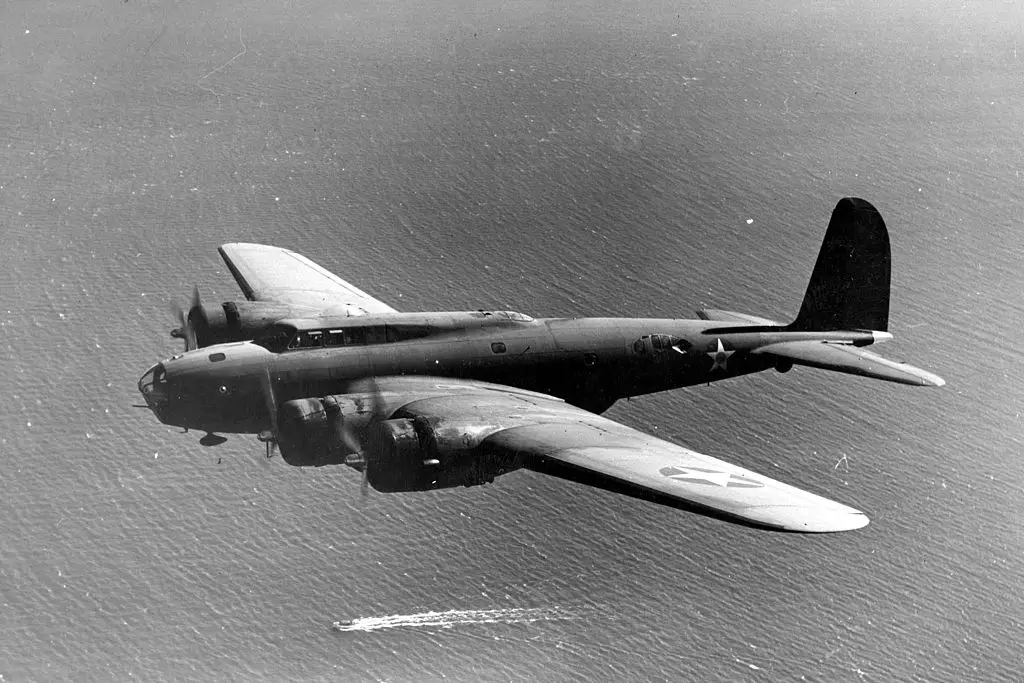
Finishing them off “would be like shooting at a parachute,” Stigler thought. So, instead of pulling the trigger, he flew closely past the B-17 cockpit, gesturing to Brown that he should try to land. Brown shook his head in reply, he wasn’t going to land in the German territory.
Then, to the British pilot’s astonishment, the German fighter started flying in a formation with the B-17. As Stigler explained years later, he did so to prevent German flaks from firing at it. He escorted the British plane all the way to the North Sea, saluting Brown before turning back. Brown successfully landed in Seething, East Anglia. All of the crew, except the tail gunner, survived.
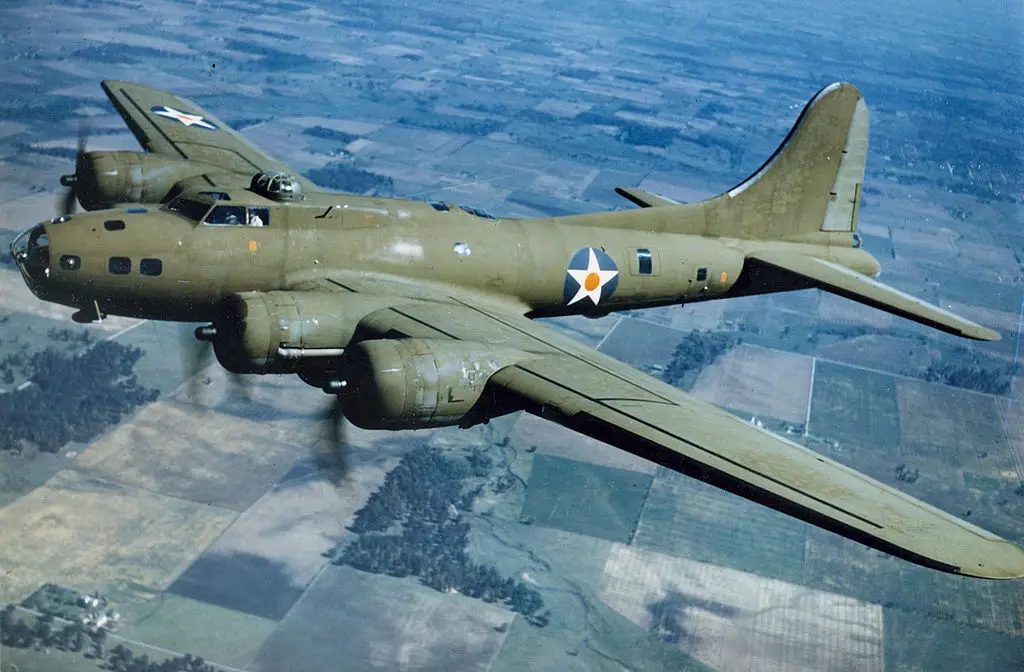
Brown always wondered, who was that German pilot who spared their lives, and years later he spent lots of effort to find him. In 1990 he succeeded in that. By that time Stigler had emigrated to Vancouver, British Columbia, while Brown was residing in Seattle, Washington, which also made the two veterans close neighbors.


